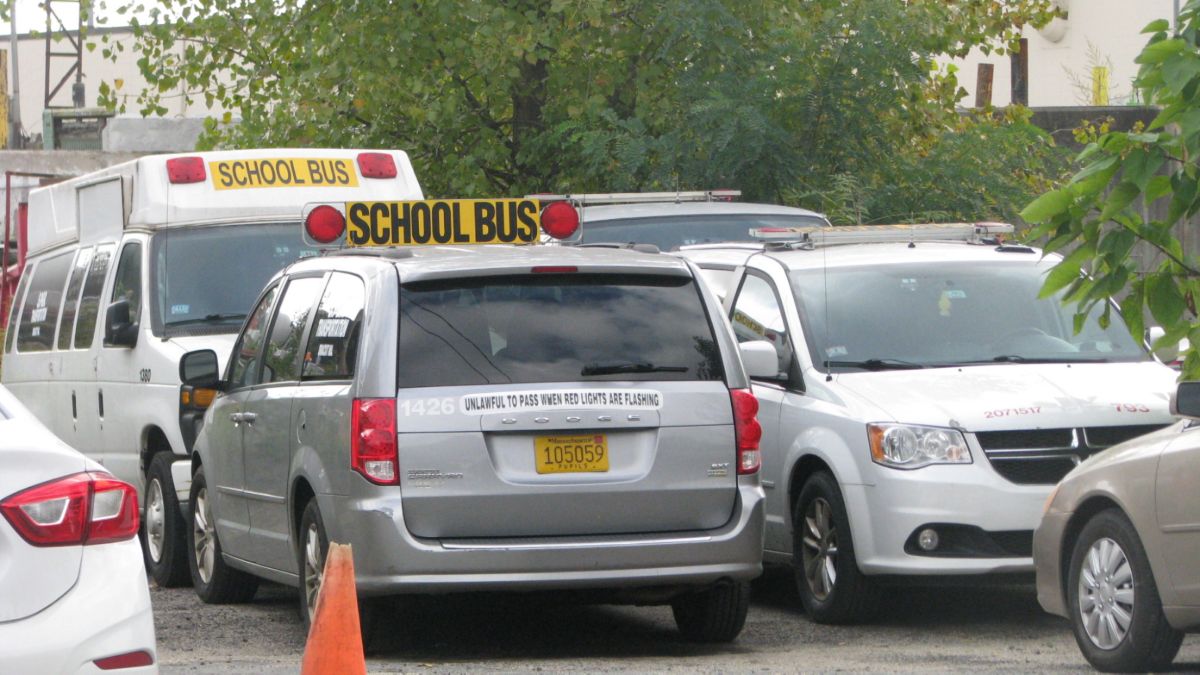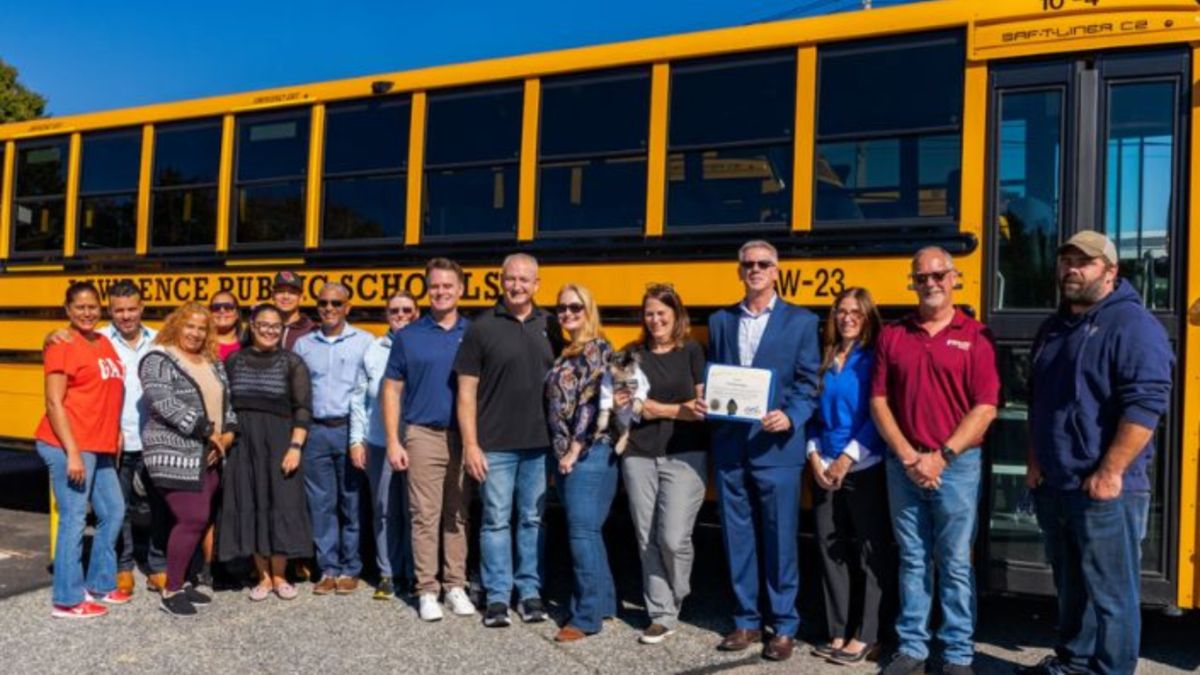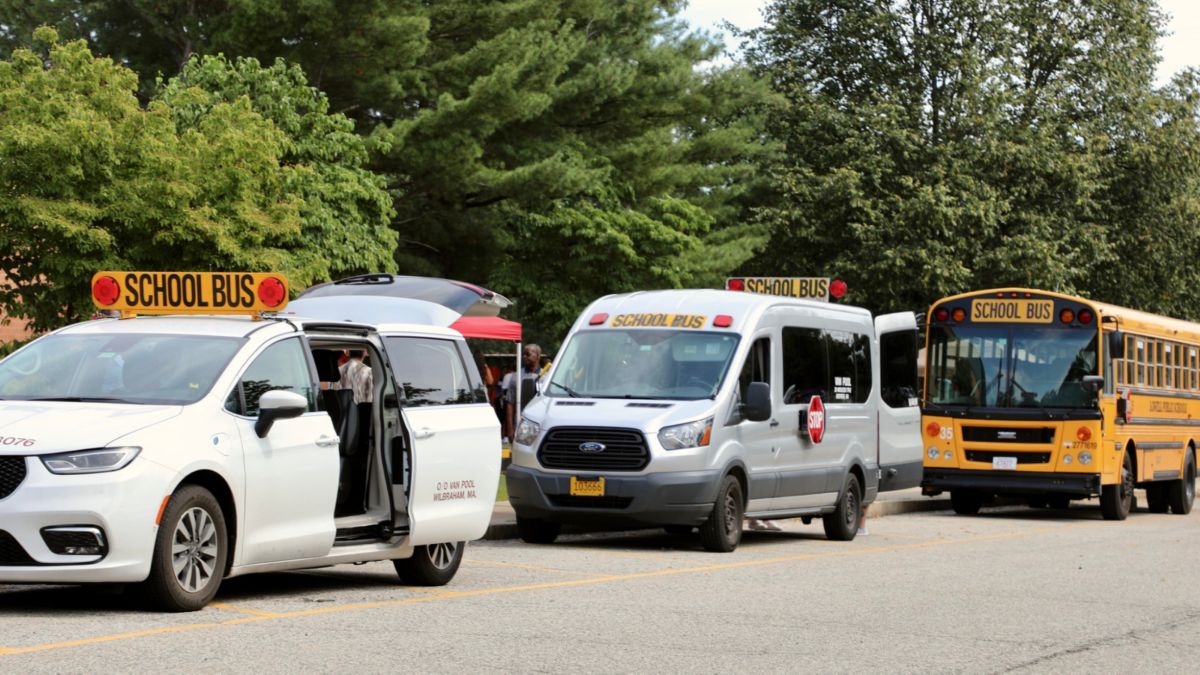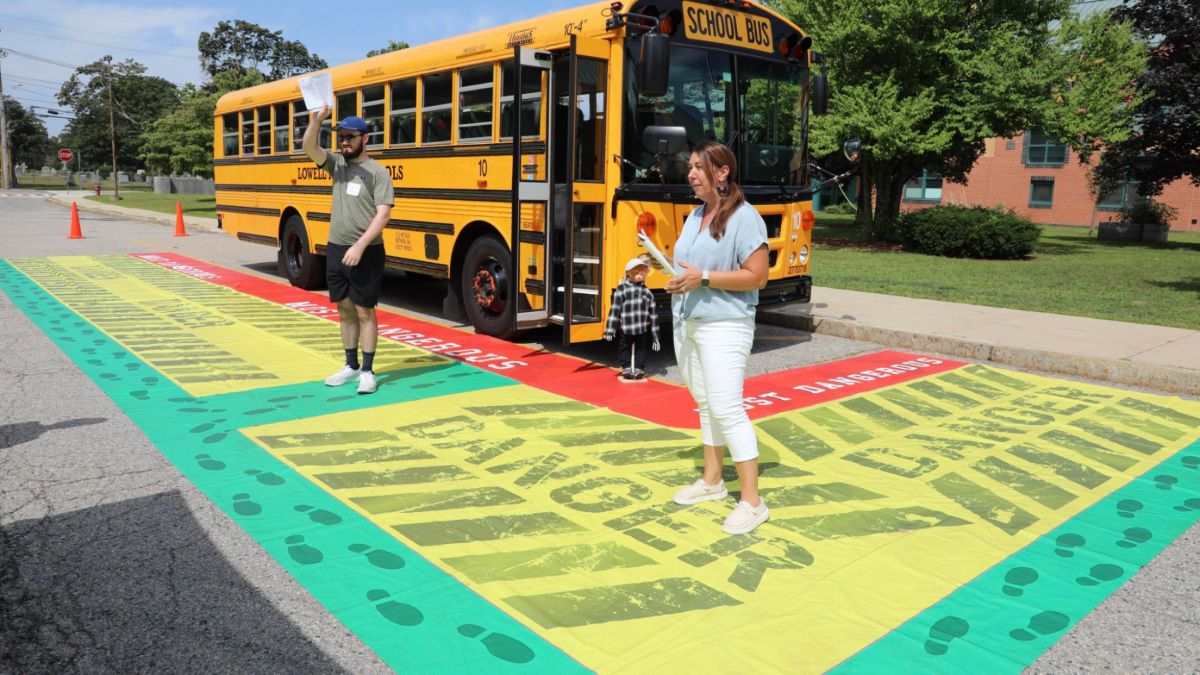August: The Countdown to a Smooth School Year
August in Massachusetts means sharpened pencils, new backpacks, and the return of school buses on the road. But before that first morning bell rings, transportation teams, school staff, parents, and drivers have a lot to do to ensure every ride is safe, timely, and stress-free.
At NRT Bus, we’ve been helping districts and families transition smoothly from summer to school for decades. This back-to-school transportation readiness checklist covers everything you need to think about—whether you’re a transportation coordinator or a parent preparing your child for the year ahead.
Finalize Your Route Schedules
The first step to bus readiness is knowing exactly when and where each bus will be. In August:
- Review updated route maps from your school or transportation department.
- Factor in new enrollments, transfers, and address changes from over the summer.
- Check for construction detours or seasonal road closures that could affect timing.
- Run practice drives of each route to confirm estimated travel times and identify potential bottlenecks.
Pro tip: Keep both digital and paper copies of the route schedule in each bus so drivers can reference them even during tech outages.
Inspect and Service Every Vehicle
A mechanical issue on the first day can derail more than just a morning. Before the school year starts:
- Perform full safety inspections: brakes, lights, tires, wipers, and signals.
- Check fluid levels and top off as needed (oil, coolant, windshield washer fluid).
- Test the heating and cooling systems—September mornings can be brisk, but afternoons may still be hot.
- Ensure emergency exits open smoothly and that fire extinguishers, first-aid kits, and reflective triangles are fully stocked.
- Inspect seats, flooring, and steps for wear or tripping hazards that need repair.
Review Safety Protocols with Drivers
Even veteran drivers benefit from an annual refresher. This is a chance to:
- Review student pickup and drop-off procedures, including special-needs accommodations.
- Practice emergency drills: evacuations, weather events, and medical scenarios.
- Go over communication protocols with dispatch and school administrators.
- Update drivers on new traffic laws, district rules, or security measures.
- Discuss strategies for managing student behavior on the bus during the high-energy first weeks.
Communicate with Parents Early
Families should have transportation details before the first day. Schools and districts can:
- Email or mail route assignments, bus numbers, and pickup times in mid-to-late August.
- Share bus safety guidelines for parents to review with their children.
- Encourage parents to do a practice walk to the bus stop with younger kids.
- Remind families to arrive at stops 5–10 minutes early during the first week to avoid missed pickups.
Prepare Students for the Ride
Students who know what to expect will feel more comfortable and follow safety rules. In August:
- Host transportation orientation sessions for kindergarten and first-grade families.
- Review bus rules with all grade levels: stay seated, keep voices down, and keep aisles clear.
- Introduce students to their assigned drivers when possible—recognizing a friendly face on the first day helps reduce anxiety.
Coordinate with School Staff
Smooth transitions between bus and school require teamwork.
- Confirm morning arrival procedures at each campus.
- Assign staff members to bus loops during the first two weeks for extra oversight.
- Have a clear afternoon dismissal plan—especially for younger students who may be learning their bus number for the first time.
- Review sign-in/sign-out procedures for students with alternate transportation arrangements.
Plan for the Unexpected
Even the most thorough plan can face challenges. Prepare for:
- Traffic delays due to construction or weather.
- Driver absences—have a roster of trained backup drivers.
- Alternate routes in case of emergency detours.
- A parent communication system that can send instant updates via text, email, or mobile app.
Conduct a “Dry Run” Week
In the week leading up to school:
- Have each driver run their assigned route at the scheduled times to test accuracy.
- Double-check pickup and drop-off safety for lighting, sightlines, and space to maneuver.
- Identify any stops that may need signage, crosswalk assistance, or traffic cones.
Maintain Driver–Family Communication in September
The first month often reveals details that weren’t visible during planning. Keep:
- A feedback loop between drivers, dispatchers, and parents for small issues like seating arrangements or new stop requests.
- Weekly updates from transportation staff to schools for any route adjustments.
- Quick recognition for drivers—showing appreciation early builds morale for the busy year ahead.
Why a Strong Start Matters
The first week of school sets the tone for the entire year. Smooth, safe transportation builds trust and helps students arrive focused and ready to learn. Delays or confusion on day one can create frustration that lingers for weeks.
At NRT Bus, readiness isn’t just about buses—it’s about relationships, communication, and creating a safe, predictable routine for every student.
Final Back-to-School Transportation Readiness Checklist
- Routes finalized and tested
- Vehicles inspected and serviced
- Drivers trained and refreshed on safety protocols
- Families informed and equipped with safety tips
- Schools coordinated on arrival and dismissal procedures
- Contingency plans in place for delays or emergencies
- Ongoing driver–family communication in September
Start the Year Right with NRT Bus
From August route planning to year-round support, NRT Bus is your partner in reliable student transportation. We bring local knowledge, experienced drivers, and a commitment to student safety to every ride.
Contact us today to prepare your fleet, your staff, and your families for a smooth start to the school year.







